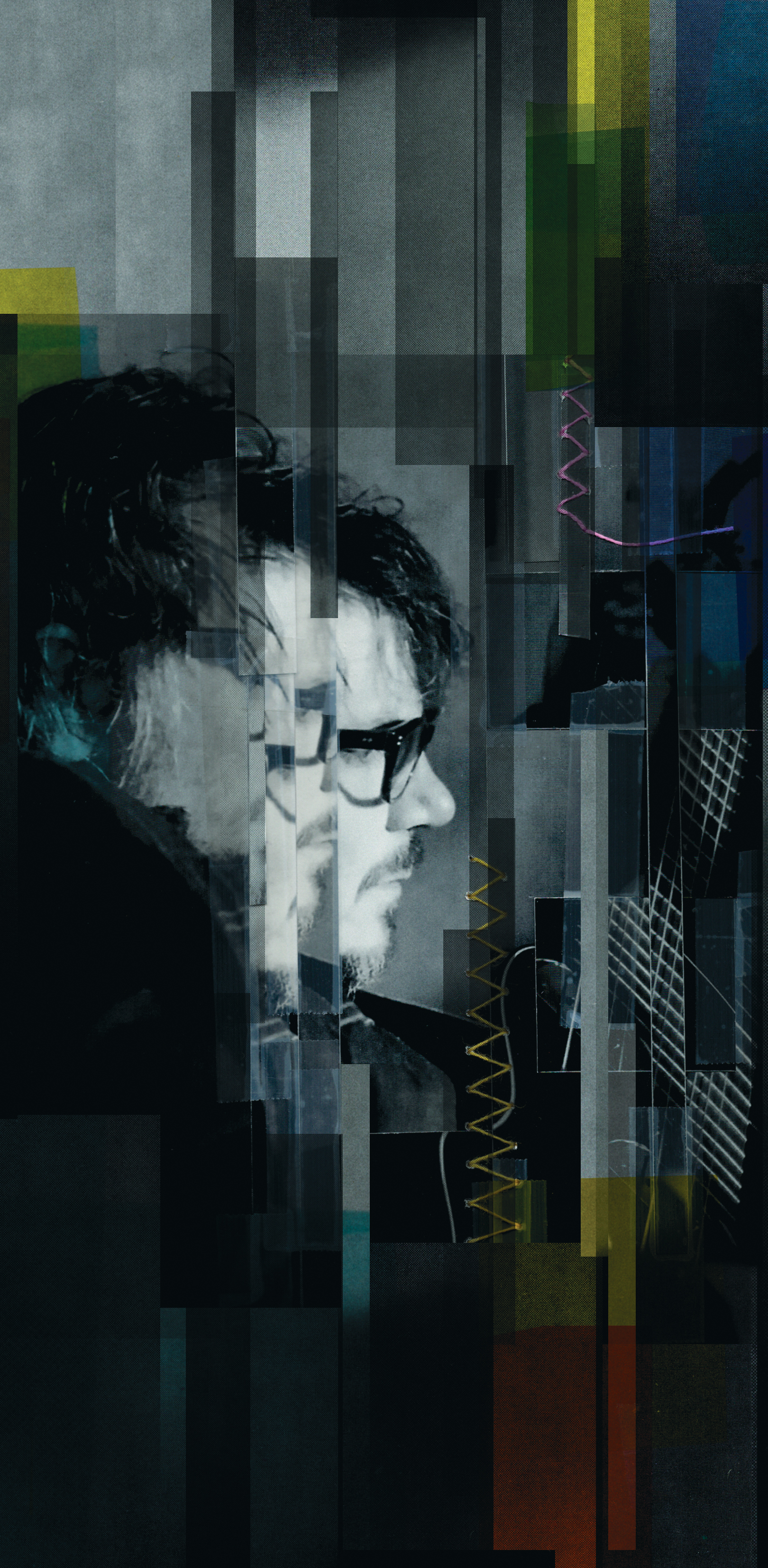Softube is one of the most acclaimed emulation developers, so it was a surprise that their release of the Weiss DS1-MK3 mastering compressor was not a model – it's a line-by-line source transfer of the real thing. Somehow, Softube convinced Daniel Weiss to hand over the code block for his digital hardware Weiss DS1-MK3. Normally this would be sufficiently big news, but Softube did not stop there. As of writing, three additional titles (the MM-1 Mastering Maximizer, the Deess de-esser, and Compressor/Limiter plug-ins) are part of the product line. All use the Weiss processing engine, but Softube has developed streamlined controls with never before seen graphics for each version.
The main DS1-MK3 GUI embodies the $10,000 hardware right down to the graphic display. Known for an ergonomic one-button-per-feature interface, the plug-in can be controlled via mouse or scroll wheel and is mappable to a suitable controller (e.g. Softube's Console 1). Users who wish to type values for controls can enable "Bob Ludwig Mode." Honestly, using this plug-in for a week made me start pricing a real one. The sound quality lives up to the reputation, hype and all.
That said, coaxing the maximum performance out of this engine can be tricky with the original interface (hardware owners are doubtlessly accustomed to navigating the unit). But having the other three titles are the real reason I suggest this bundle. Softube spent considerable effort presenting the Weiss DS1 processing power in a way that allows users to get sounds quickly, while adding modern graphic representations. Power users need not fear the simplified interfaces. All of the "sub-titles" maintain access to the full power of the device. Simply click on the Expert Parameters button and a detailed control menu affords access beneath the hood.
MM1 is called an Intelligent Mastering Maximizer. Amount, Parallel Mix, and Limiter Gain are the only control knobs. Attack and release profiles are chosen via five profiles buttons: Transparent, Loud, Punch, Wide, and Deess. The MM1 does not sound like any of the other limiters in my collection. I suspect this has to do with the release functions of the original unit. Across different genres I liked either a small amount of limiting, say 1.5 dB and full power or blending in 25 percent of the wet signal for greater changes. These observations were project dependent, but the common theme is that the MM-1 is very useful to top off a mix or as a parallel limiter. It's worth noting (for those who work at maximum levels) that intersample peaks are possible. As long as users understand this, and make provision after MM-1, all is well.
The Deess plug-in features two independent bands and was originally suggested by Softube's own Paul Shyrinskykh who worked directly with Daniel Weiss to polish and include with the bundle. Daniel Weiss is famous for contending that many sibilant sources have multiple problem frequencies. For example, "s" sound resonances usually reside in the 7 to 9 kHz area, while "ch" and "sh" sources can be below 4 kHz. Hence, two processing bands are available simultaneously. The lower band includes Notch (which I do not believe exists on the original hardware), Band, and Shelf focus, while the higher band is Band or Shelf. Solo lets you hear the only the processing band. Monitor provides the difference. A scalable FFT display and graphic control of parameters means you can target offending sounds quickly. In my experiences, the only other digital de-esser that comes close to the quality of the Weiss is the DeEsser engine in the TC Electronic System 6000 [Tape Op #43]. Prior to Softube's release, users had to spend five figures for this level of performance. I can't say enough good things about this de-esser. The notch filter can be as close an approximation to going back in time and moving the mic as any automated processor can do. Unfortunately, the real hardware will go down to 20 Hz vs. Deess' 2 kHz. I would love to use this guy to sit on bass instruments, so I was bummed about this – until I realized such power was built into the next title.
Originally, I used the Compressor/Limiter least of the group. I defaulted to the main interface for compression. However, getting sounds fast is valuable in a production environment (sometimes you don't want to adjust all five Weiss release parameters). Then I noticed you can compress selectively, with low and band-pass filters. Customizing settings is rapid with the Frequency display. You can change the frequency, threshold, and width of the filters. Each parameter has its own click area on the widget. To change the value setting, click and drag the selected click area. Done.
If you've used the DS1-MK3 hardware version you will be comfortable with this software version. If not, you're probably going to want the bundle anyway. Softube's presentations are attractive and offer both a fresh perspective and controls that are not available in the real world incarnation. With a higher resolution than the original (32-bit/192 kHz) and as many instances as your CPU will permit, the Softube Weiss DS1-MK3 mastering bundle is one of the most important tools for high-fidelity transparent mastering on the market. I can't function without the de-esser. I'm sure one or more of these titles will be as useful to you as well.




_disp_horizontal_bw.jpg)